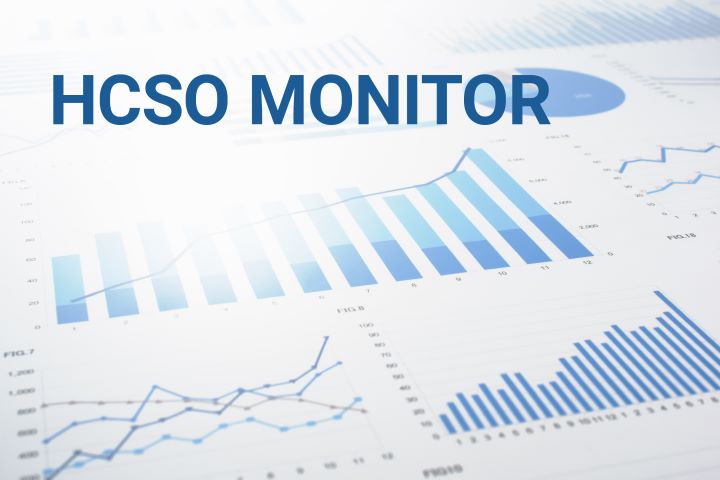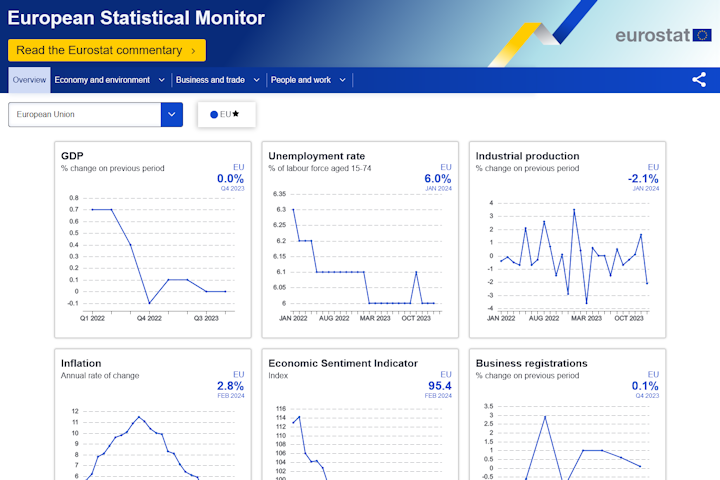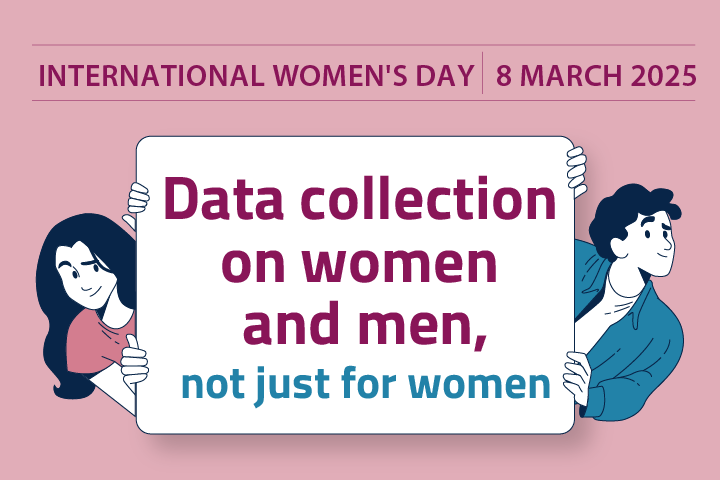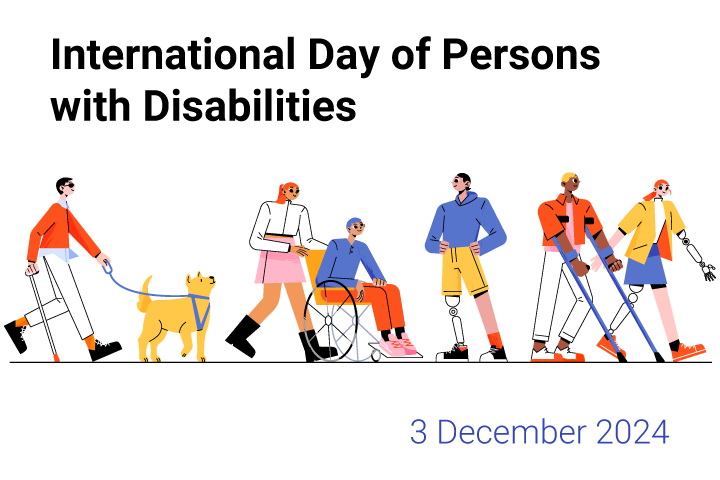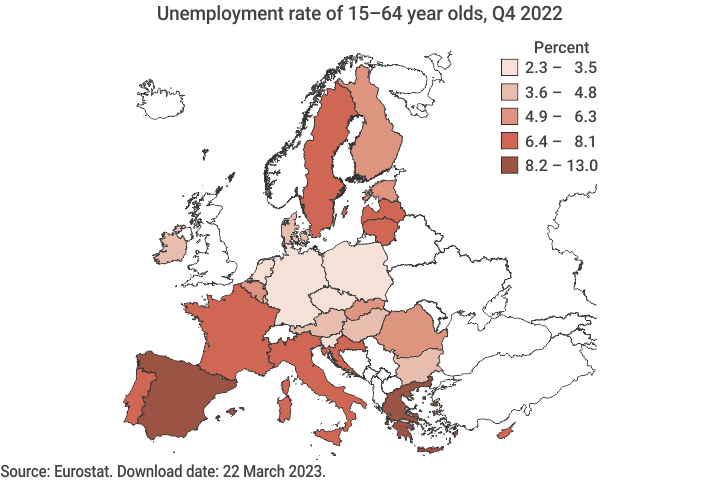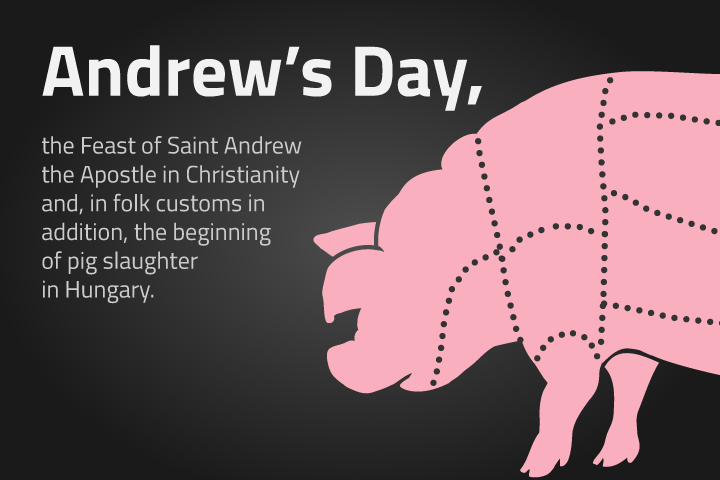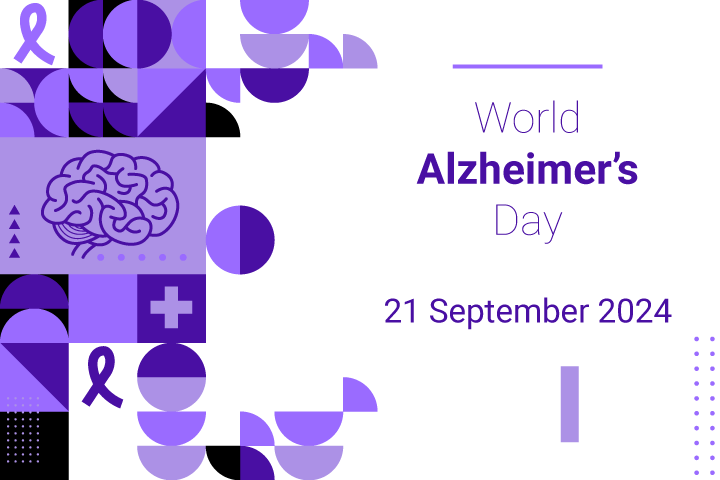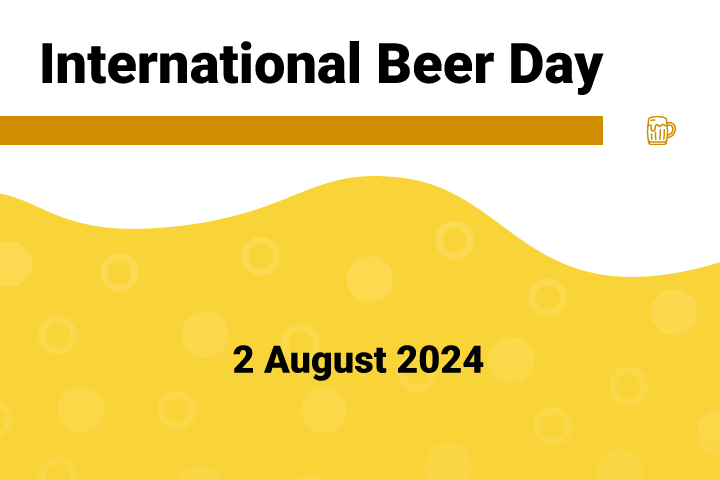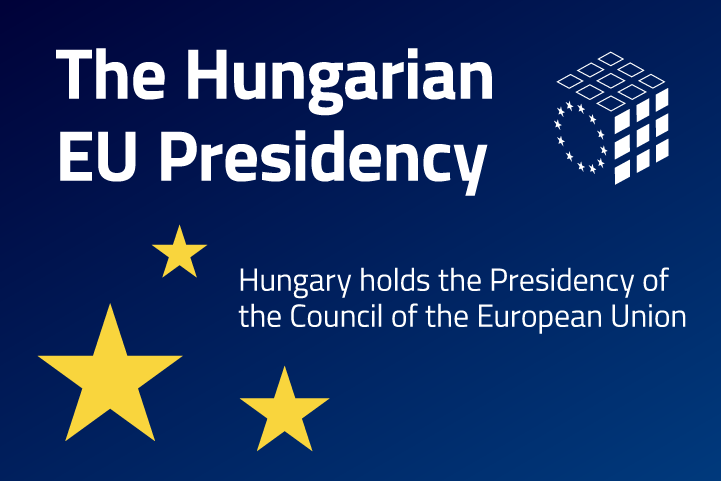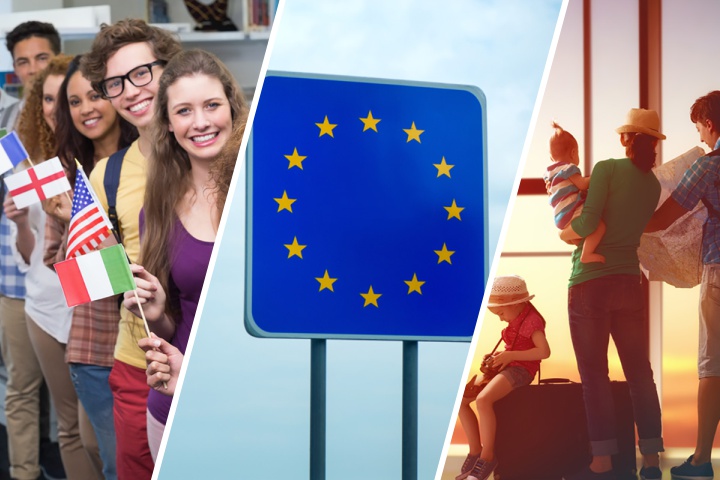International data
In order to assess Hungary’s role, share and position in the world and in the EU, it is essential to have comparable and reliable data on other countries. It may be difficult for users to find the appropriate data sources, routinely use international databases, reconcile data from different sources as well as identify and assess the reasons for any methodological differences. In order to make it easier, we have collected on this page our international publications and tables as well as links to major international databases, publication repertories, methodological collections.
Key figures
World population
Indicator description
UN demographers have prepared their estimate on the changes in world population in three (low, medium and high) scenarios. The data published here are based on the medium model, which is considered the most probable one, after the review in 2024.
Source of data:
United Nations, World Population Prospects 2024
Reference period: 2024 (further data shown on chart)
Change in volume of world GDP
Indicator description
The world’s GDP is an indicator comprising a wide range of products produced and services provided in countries on Earth in a particular period, so it measures the total output of these. The change in the volume of GDP is a generally accepted business indicator, which measures the change in the performance of the economy over time.
Last data for period: 2024
Change in volume of world exports
Indicator description
The indicator shows the change in the volume – i.e. the quantity net of changes in prices and exchange rates – of world exports from one year to another.
Source of data:
database of the World Trade Organization (WTO)
Last data for period: 2024
Changes in global tourism turnover
Indicator description
The indicator shows how the number of tourists in a given year has changed worldwide compared to the previous year. A tourist is a visitor who spends at least one night on a trip to the given area.
Source of data:
World Tourism Organization (UNWTO)
Last data for period: 2024
Featured
HCSO Monitor
The collection of interactive figures provides up-to-date information on the latest domestic and international socio-economic trends. The decisive part of the figures included in HCSO Monitor are downloadable in both image and data formats (PNG, SVG and CSV). Feel free to browse the data in HCSO Monitor, updated many times a week!
European Statistical Monitor: March edition
The chart collection contains monthly and quarterly indicators of economic and social developments by country and over time. The monthly updated chart collection with the latest available data for each indicator is available here.
International Women's Day, 8 March 2025
Women's Day, originally linked to the fight for women's suffrage and equality, was first celebrated more than 100 years ago. In Hungary, Women's Day events were organised throughout the country as early as 1914, and since 1948 women have been celebrated on 8 March. Today it is more about recognising the achievements and social efforts of women. As in most EU Member States, women are in the majority in Hungary, with around 5 million women living in Hungary on 1 January 2024, 7.3% more than men.
Michelin-star restaurants
The star rating system, published by the Michelin Guide in 1936, is one of the most prestigious gastronomic awards in the world. In 2024, France and Tokyo had the highest number of Michelin-starred restaurants among countries and cities respectively. The first Hungarian restaurant to receive a Michelin star was in 2010, and the list has been expanded to include restaurants in Budapest and in rural areas. In addition, some domestic restaurants have been awarded Green Star status in recent years.
International Day of Persons with Disabilities, 3 December 2024
At the initiative of the UN, the International Day of Persons with Disabilities has been celebrated every year on December 3 since 1992. The World Health Organization (WHO) estimates that today 16% of the world's population, or 1.3 billion people, live with a significant disability. Their number is increasing, which is linked to the higher prevalence of non-communicable diseases and people’s longer life expectancy. In Hungary, more than one fifth of the population aged 16 and over lived with some level of disability in 2023, which is lower than the EU average.
Statistical Yearbook of Hungary, 2023
The yearbook provides an overview of Hungary's demographic, social and economic processes, environmental characteristics and their changes over time, with the help of tens of thousands of data of 500 tables, graphs and maps. Innovatively, the Tourism, catering chapter in the volume includes the gross receipts of tourist accommodation establishments by type of accommodation. Another change is that this year the Regional data chapter already presents territorial data by tourism area, giving greater emphasis to tourist destinations.
Unemployment rates have changed differently across the European Union
In the fourth quarter of 2022, unemployment fell in 14 EU Member States, while in 13 countries – including Hungary – it rose or remained essentially unchanged. The EU average rate fell by 0.3 percentage points to 6.2% compared with a year earlier. Unemployment rates were lowest in Czechia, Poland, Malta, Germany, Slovenia and the Netherlands (between 2.3% and 3.5%), and highest in Greece (12.1%) and Spain (13.0%).
Key indicators for the Visegrad Cooperation countries
The circumstances caused by the Covid19 pandemic also had a negative impact on the socio-economic development of the V4 countries. This publication examines the return of the economy and society to pre-pandemic levels in the V4 countries and the EU, based on the Eurostat Recovery Dashboard indicators, bearing in mind the priorities (stability, reopening, partnership) set out in the current programme of the Hungarian Presidency of the Visegrad Cooperation (Recharging Europe).
Key Figures on Europe
The digital publication of Eurostat allows a quick and interactive overview of the status of countries and offers the possibility of their comparison with other European countries. The different visualisation tools offer a playful way to look into selected statistics focusing on population, living conditions, health, working life, income and expenditure and social life.
Related themes
Methodological information
Related links
- CentropeMAP
- UN Database Update calendar
- EUROSTAT Dissemination Calendar
- National Statistical Offices
- OECD database
- IMF World Economic Outlook Reports
- IMF World Economic Outlook Databases
- Publications Office of the European Union
- OECD ILibrary
- Eurostat metadata
- OECD datavisualizations
- UN datavisualizations
- Eurostat datavisualizations
Publications |
Released |
|---|---|
| Hungary 1st-3rd quarters of 2024 | 09/01/2025 |
| Regional Statistical Yearbook of Hungary, 2023 | 27/11/2024 |
| Hungary, 1st semester of 2024 | 14/10/2024 |
| Statistical Yearbook of Hungary, 2023 | 29/08/2024 |
| Hungary, 2024 Q1 | 26/08/2024 |
| Hungary, 2023 | 27/06/2024 |
| Statistical Pocketbook of Hungary, 2023 | 27/05/2024 |
| Hungary, quarters 1-3 of 2023 – On the path of disinflation | 10/01/2024 |
| Regional Statistical Yearbook of Hungary, 2022 | 17/01/2024 |
| Hungary, 1st semester of 2023 – disinflation started | 19/10/2023 |
| Statistical Yearbook of Hungary, 2022 | 23/11/2023 |
| Hungary, 2023 Q1 | 30/08/2023 |
| Statistical Pocketbook of Hungary, 2022 | 14/06/2023 |
| Hungary, 2022 | 28/06/2023 |
| Hungary in figures, 2022 | 11/07/2023 |
| Hungary, Quarter 3 2022 | 06/02/2023 |
| Regional Statistical Yearbook of Hungary, 2021 | 10/01/2023 |
Release and revision calendarPublication repertory
